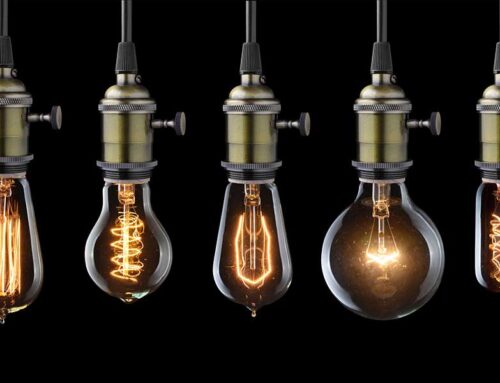A Very Quick History of Sour Digital Karma
It’s fair to wonder why digital design isn’t naturally more Empathic. After all, in a couple of short decades the Internet has become our shared central nervous system, and don’t we all seem like good, well-adjusted people?
So why are so many digital experiences so lacking in empathy? Why do you have to fight through incoherent instructions, broken or enigmatic processes, layouts that fight your eye or demand you process stuff in backwards-to-preferred fashion, and baffling language shoveled haphazardly onto your screen? Is it a reflection of us?
No – any more than owning a car with a badly laid out dashboard says you’re maladjusted. Here, in a hot minute or so, is where the Empathy went in digital culture:
The old digital priesthood was low on empathy to start with.
The culture wasn’t born loving end users – in Microsoft’s early days, Bill Gates didn’t want to deal with them at all – and it wasn’t born particularly diverse. It wasn’t even too fond of the English language. What’s wrong with a relatively small community of extremely adept white male technologists designing a digital sensibility for the big, diverse, usually inexpert user community? Well, where do we start?
For a long time, Stupid Web Tricks were more important than serving users.
Leading-edge web design wasn’t always user-centric. Remember splash pages, and being forced to sit through them on each return visit, long after they’re become annoying? (Remember that terrible web designer who signed all his work, Skip Intro?) Not too Empathic. Those were the days when designers set out to win awards from other designers, not necessarily delight users.
The state of the art rocketed along so fast.
In the early days, digital designers had to make sure their work looked good on Netscape Navigator and Microsoft Explorer. Two browsers that mattered. Today we have to strategize for a dizzying multitude of devices, screen sizes and ratios, user input channels (touching, clicking, typing)… there’s no default display standard any more. Sometimes the industry gets so preoccupied with optimizing for a zillion devices, delighting the user takes a back seat. (You should be delighted it works at all, snaps the cranky coding whiz.) We have to do better.
A heritage of “quick and dirty” design.
From the very beginning, web gurus “crashed” projects on crazy deadlines and Lilliputian budgets and took pride in shipping them on time. Crashing became a way of life in Webworld, albeit a jangled, stressy one. But that approach doesn’t always yield user-centric, Empathic outcomes.
Badness is a fact of life.
The sad fact is, we deal with bad architecture, bad fashion, bad highway signage, bad gadgets (there’s a reason those combo CD player-shaver-bread makers from Sharper Image didn’t take over the world) – but much of that badness is avoidable. The Internet isn’t. Badness online is just more in our collective faces, minute to minute. We have to improve the digital world with more Empathic Design, because we live in it.
The Empathic Design Institute wants to get us out of this handbasket in which we are going to… well, we’re getting warmer. There’s no time like now to start to change.






